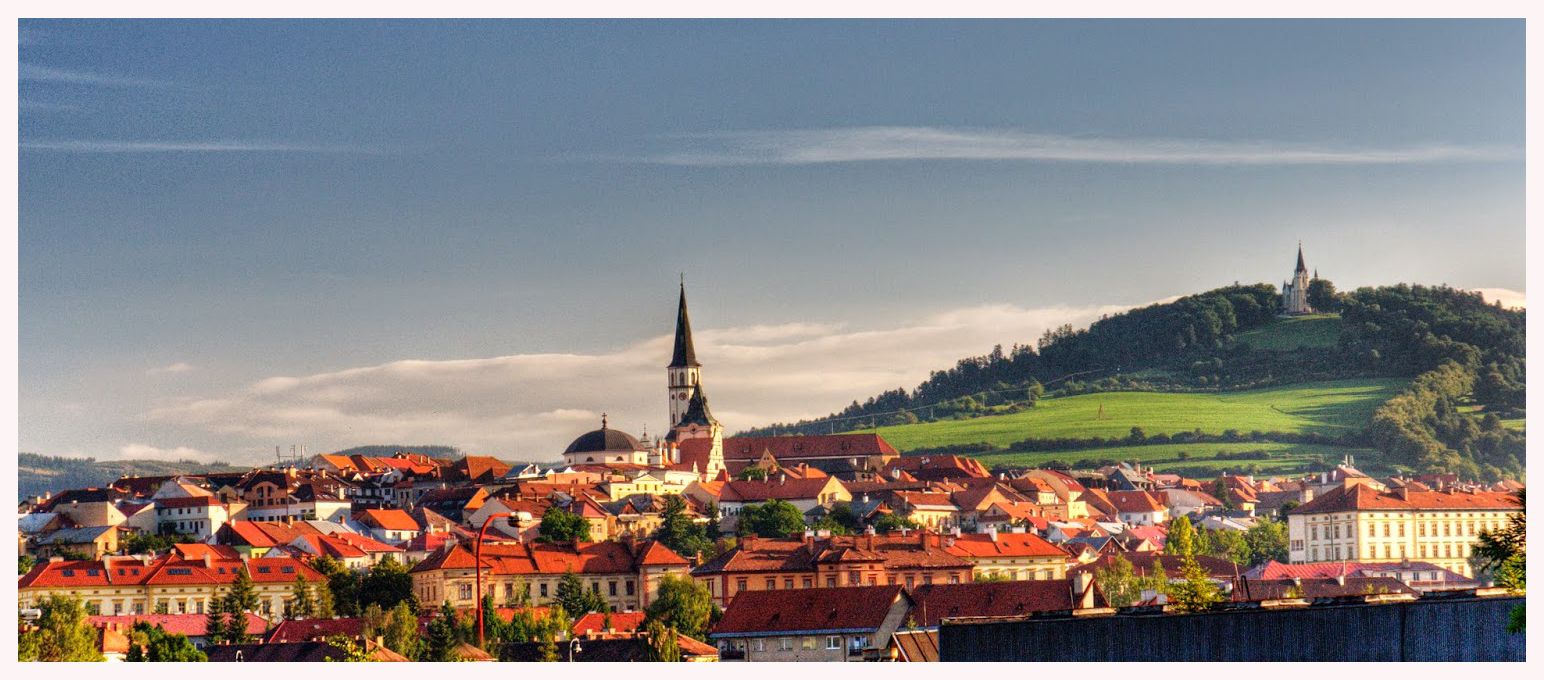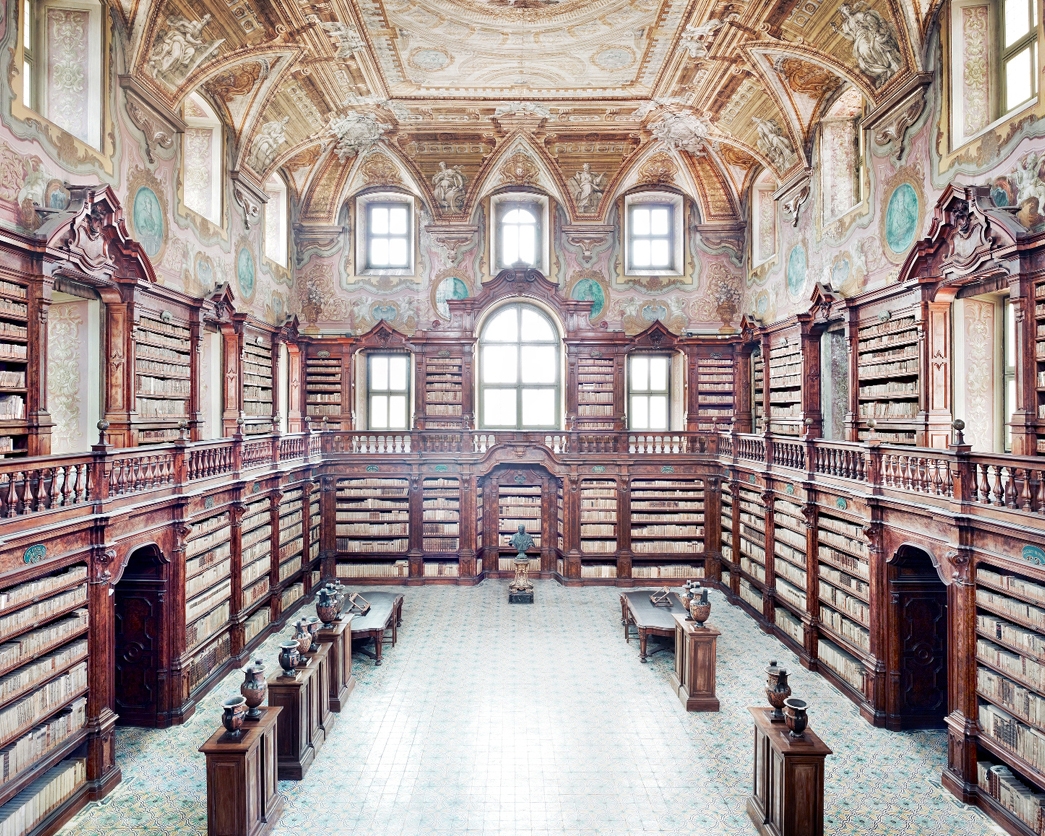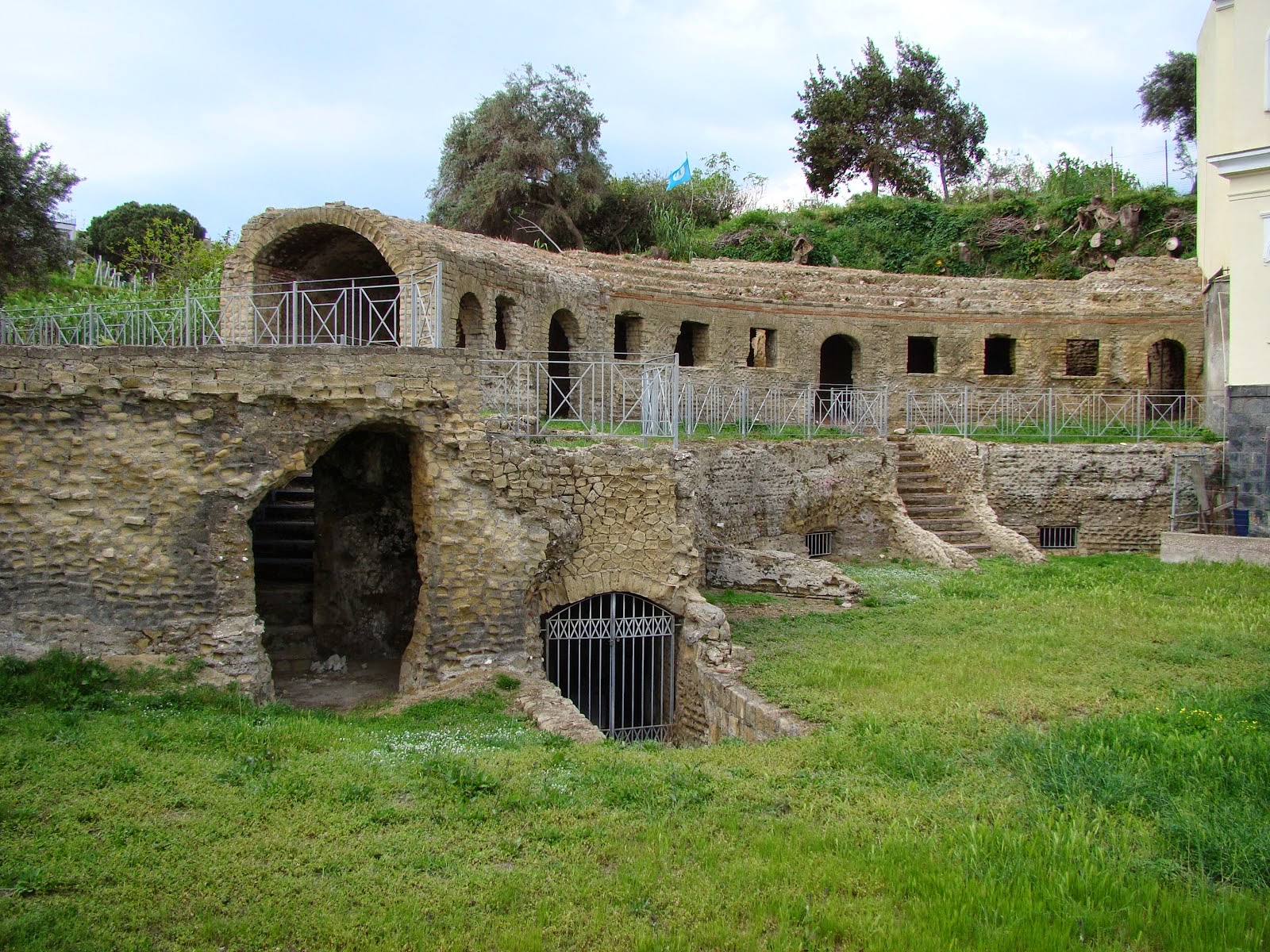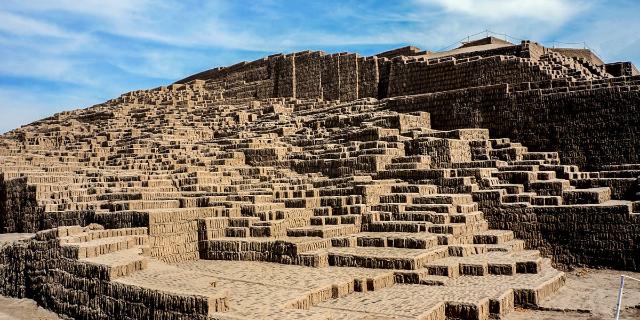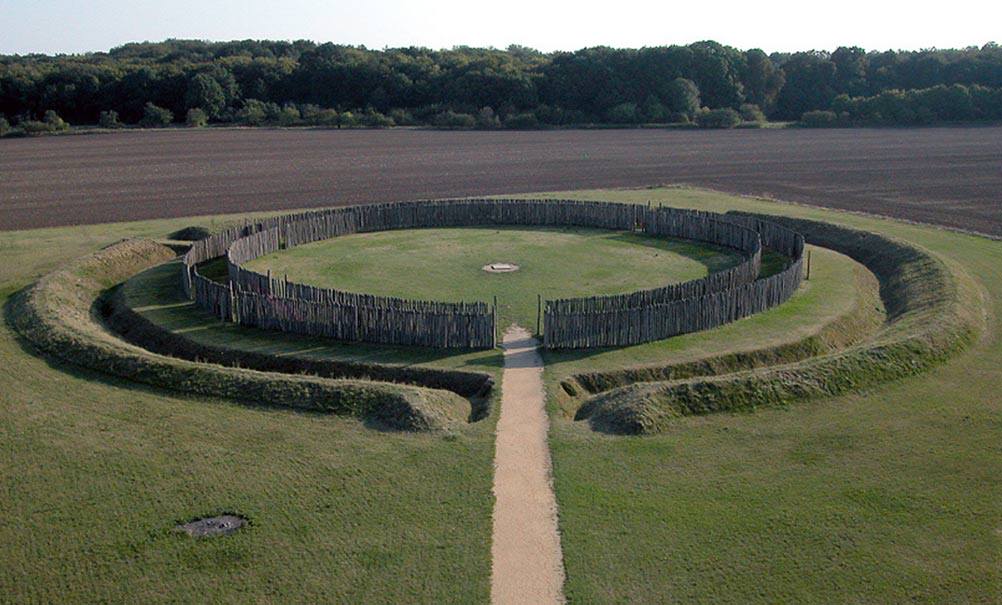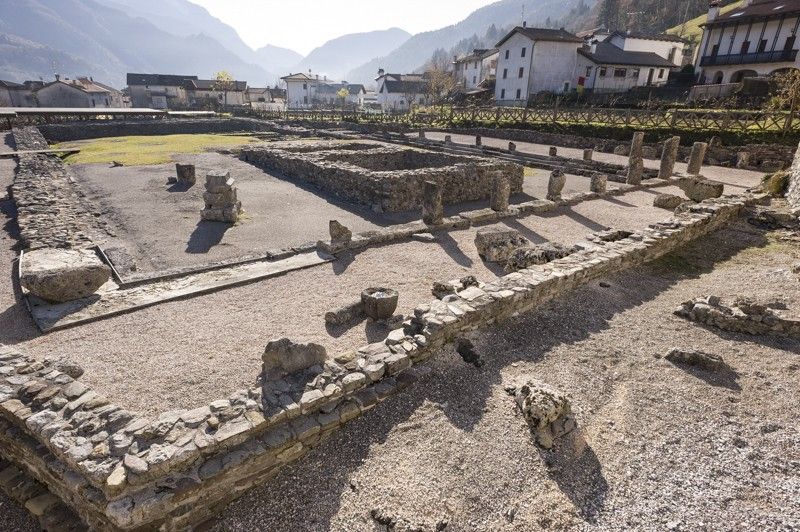The historic town Levoča, situated in the east of the Spiš region, is a true cultural and historic jewel among the Slovak towns as it possesses a great number of architectural monuments linked with the glorious past of the town.
The Spiš town of Levoča (population 14,500) situated in the east of Slovakia below the mountain range Levočské vrchy, because of its rich history, is one of the most visited by tourist in the country.
The city was first mentioned in a deed from 1249 as Leucha. The community, thriving on its advantageous position on the trade route Via Magna, rapidly grew into a town with several privileges. Shortly after, Levoča became the centre of German colonisation in the Spiš region and in 1271 it was even promoted to the capital of the Association of the Spiš Saxons, which eventually lost its influence and Levoča was declared the free royal borough in 1323.
The driving force of the Levoča’s development was trade which gradually acquired an international dimension. The citizens of Levoča traded with Krakow, the Hanseatic towns and even with Venice. The craftsmen of Levoča produced not only for local consumption but also for the markets and fairs throughout Old Hungary and Poland. Later Levoča became one of the main centres of the Renaissance and humanism in Old Hungary.
MONUMENTS
The Town Monument Reserve of Levoča represents a complete set of important cultural and historical monuments bordered by the oblong, relatively well-preserved town walls.
The dominant part of the old Levoča is the large rectangular square, with the Roman-Catholic St. James church from the 14th century, which is one of the most important sacral buildings in Slovakia. The tall slender church tower from the first half of the 19th century is the most distinct feature in the city’s silhouette.
